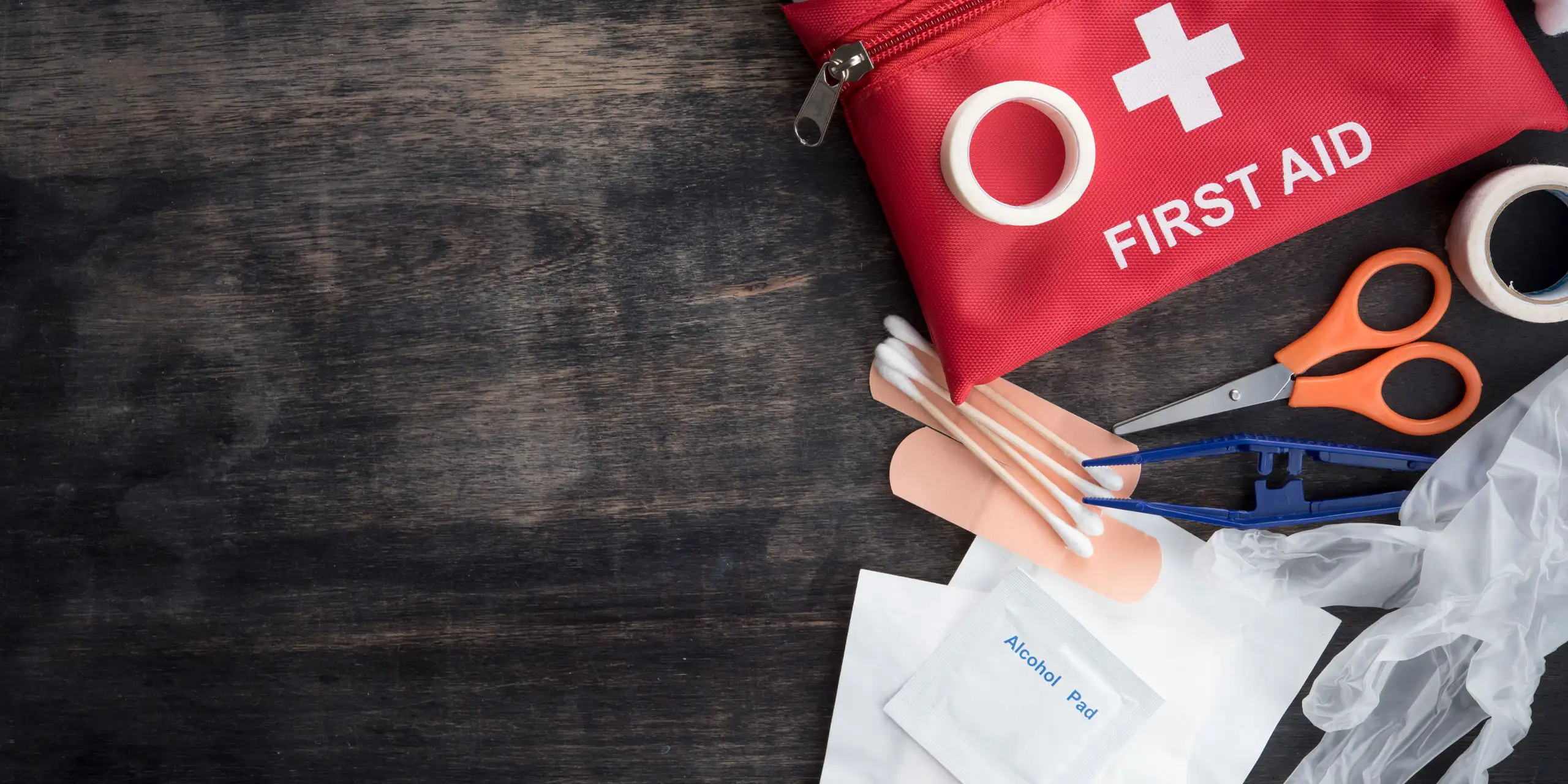Whether you’re taking a road trip to see family or flying overseas, there’s one thing you most definitely need to pack: a first-aid kit.
While there are plenty of pre-made first-aid kits available out there, these kits typically lack a lot of the items your family might need–and are often full of items you’ll never use. Plus, those tiny packets of antiseptic ointment might be helpful the first time your kid scrapes her knee, but it’s not enough to last your entire vacation. Instead, look to adapt a pre-made kit to suit your family or start from scratch and build your own custom-made travel first-aid kit.
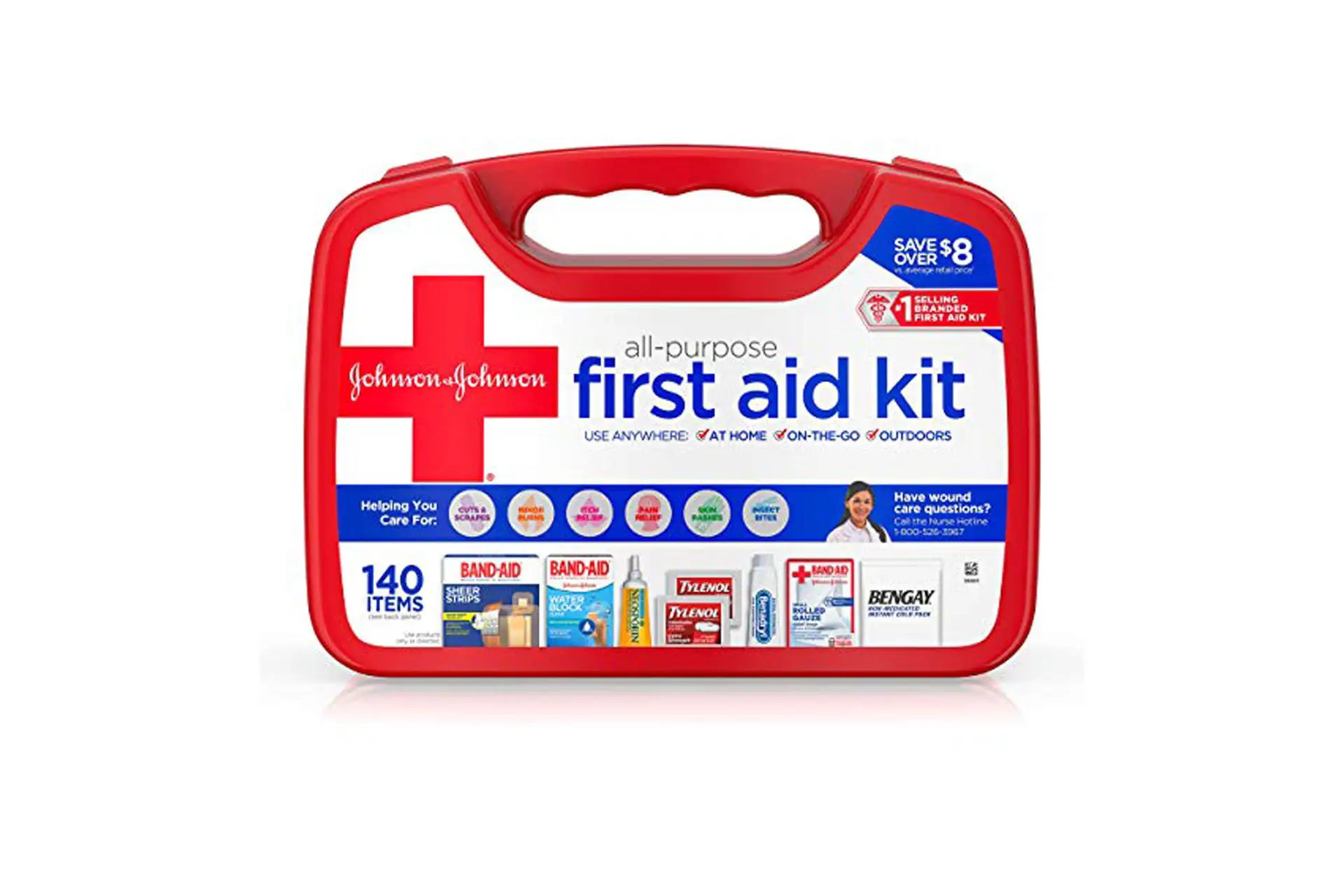
STEP ONE: Consider a Pre-Made First-Aid Kit
One good thing about ready-made first aid kids is they hold things like gauze and tape in handy travel sizes. It can be convenient to start with a pre-made kit and then adapt it to fit your family’s needs. Here are a few pre-made First-Aid kits we recommend:
- Johnson & Johnson All-Purpose Portable Compact Emergency First Aid Kit: The Johnson & Johnson all-purpose portable compact emergency first aid kit contains 140 pieces to help care for minor cuts, scrapes, burns, itches, pain, skin rashes and insect bites. It’s just as useful for having around the house as it is to take camping.
- California Basics First Aid Kit: The California Basics First Aid Kit holds 115 items, including everything you need to clean and bandage cuts and scrapes, remove splinters and soothe minor burns. It also includes an instant ice pack and a thermal blanket.
- Swiss Safe First Aid Kit: For a well-designed bag, take a look at the Swiss Safe First Aid Kit, which is filled with 348 pieces of physician-recommended supplies for common medical ailments. We really like the double-sided case with compartments for each item.
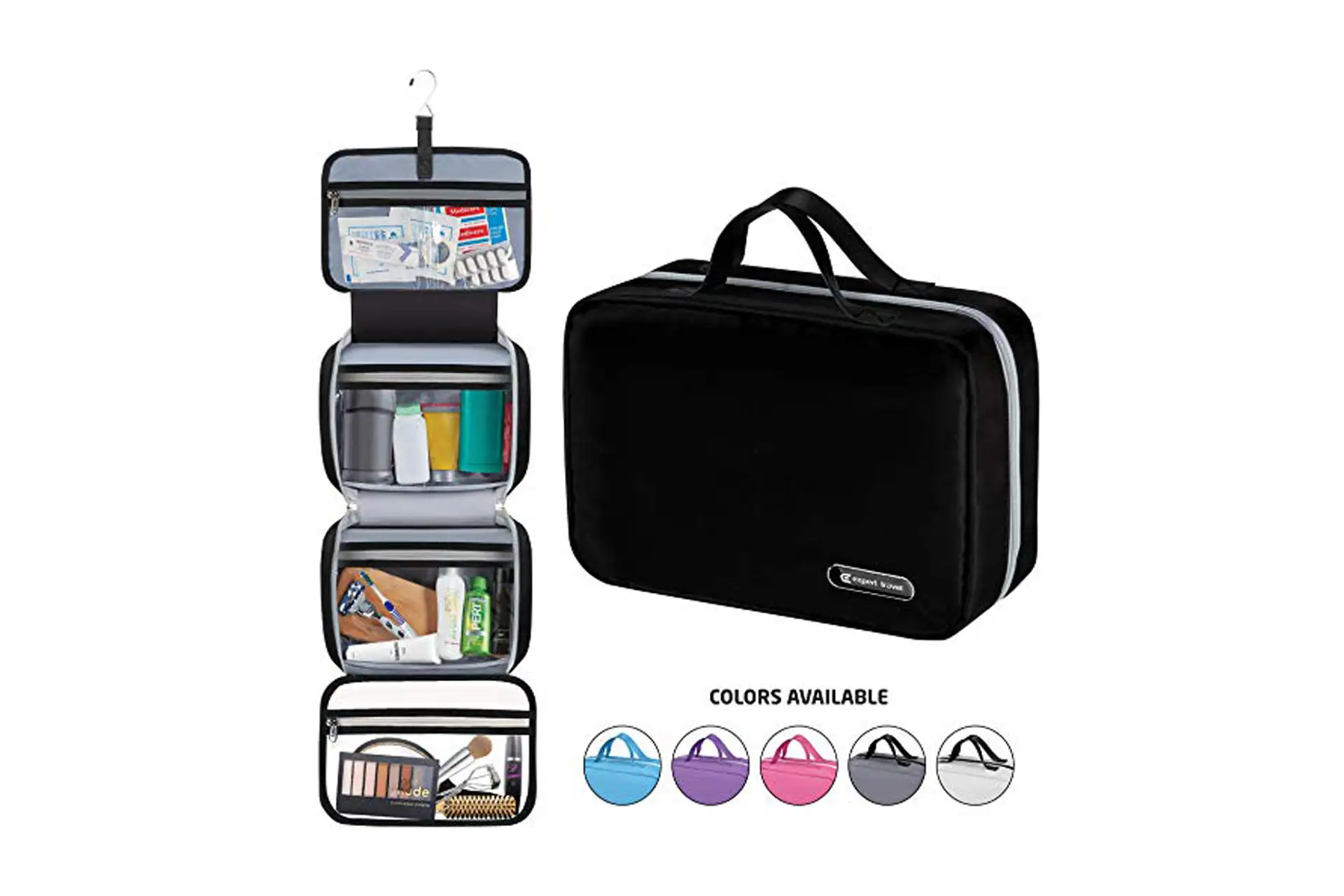

STEP TWO: Find the Perfect Bag to Hold First Aid Supplies
One option when traveling is to have two first-aid kits; one small lightweight bag filled with your absolute on-the-go essentials—such as Band Aids and bug bite cream—that can fit in your purse or carry-on bag, and a larger first-aid kit packed with remedies for ailments such as stomach upsets and sunburn that you can pack in your luggage and leave in your hotel room or vacation rental. Depending what you’re doing each day of your vacation, you can move medical supplies between the two kits throughout your trip.
If you’ve bought a pre-made first-aid kit, it’s unlikely it’ll be big enough to store all the items your family will need. In this case, you’ll want a larger bag for your kit.
- Hanging Toiletry Bag for Women by ODESSA: Although sold as a toiletry bag for cosmetics, the Hanging Toiletry Bag for Women by ODESSA is a great bag for your first aid needs as it has 10 compartments of varying sizes. Plus, the hook means you can hang it on your hotel bathroom door for easy access.
- Waterproof Hanging Travel Toiletry Bag: Or try this hanging travel toiletry bag that has four separate compartments to organize your medical essentials. And it’s waterproof and leakproof, too.
- Travel Cosmetic Bag: This large and durable travel cosmetic bag folds into a neat little case with a practical top handle and a large outside pocket, making it convenient to carry all of your first aid supplies. When opened, it unfolds to become a hanging bag with three large transparent zip pockets.
For your smaller, on-the-go first aid kit, look for something that’s waterproof and can easily fit into your purse or backpack.
- Clear Toiletry Bags: These clear TSA-Approved toiletry bags make excellent on-the-go first-aid kits and you can even take them on the plane with you.
- Rough Enough ECO bag: The TSA compliant Rough Enough ECO lightweight bag comes with one main zippered pocket and one internal zipper pocket and is the perfect size to take out and about in the case of an emergency while in route to your destination.
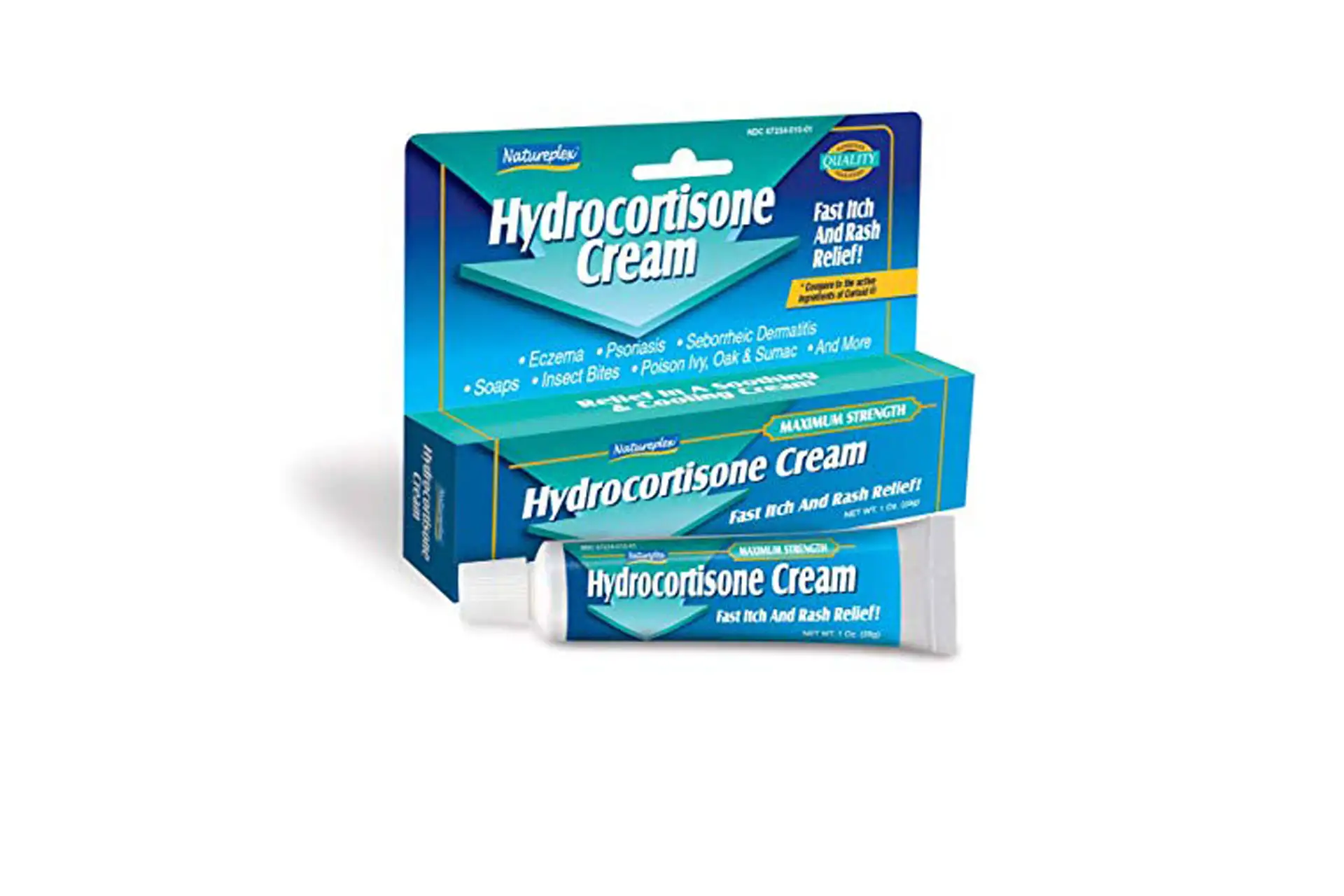

STEP THREE: Include the Essentials in Your First-Aid Kit
Now that you’ve got your bags figured out, it’s time to start stocking them with all your first aid essentials. There are certain things every first-aid kit needs no matter where you’re traveling to, but Dr. Katherine Williamson, MD, FAAP Pediatrician at Children’s Hospital of Orange County and Southern Orange County Pediatric Associates, says the three most important items are Benadryl, hydrocortisone cream, and Neosporin with Band-Aids. Don’t forget about chronic medical issues or prescription meds, either. Vicki Sowards, director of nursing resources at Passport Health, the largest provider of travel medicine and immunization services in North America, says, “it is essential to (always) carry any medication that is used for chronic medical issues, such as asthma.”
- Band-Aids: Make sure you have Band-Aids of varying sizes.
- Gauze: Sterile gauze pads make great travel companions for a variety of injuries.
- Tape: Waterproof tape will ensure your kids won’t miss out on any pool time even if they do get a scrape.
- Antibiotic ointment: Perfect for treating cuts, scrapes, and burns and will provide 24-hour protection for minor wounds.
- Anti-itch ointment: You’ll want to pack a hydrocortisone cream to deal with any bites that itch (it’ll also work on poison ivy).
- Benadryl (Diphenhydramine): According to Williamson, Benadryl is the most important over-the-counter medication to have in your first aid kit. She adds, however, that “it is very important to know that Benadryl is not the treatment for anaphylaxis. If you have a child with any history of serious allergies, consult with your pediatrician and consider bringing an EpiPen.” You can buy Benadryl chewables online but if you prefer the liquid form, visit to your local pharmacy.
- Pain Relievers: Make sure you have both Ibuprofen and Tylenol in liquid form for kids. If you don’t want to pack extra for the adults, then they can always use these in double dose. “Just make sure to check the dosage on the bottle to ensure doubling is the right dose. Adult doses of Ibuprofen is 400mg and Tylenol 500-650mg per dose,” Williamson says.
- Nausea medication: Avoid sick kids in cars and boats with nausea medication such as Dramamine. There are other options, too. “Antihistamines such as Loratadine (Claritin) or Cetirizine (Zyrtec) can help prevent motion sickness as well. They are not as effective as Dramamine if someone in your family is very sensitive to motion, but are often a good alternative as they are non-drowsy,” says Williamson.
- Pedialyte: This is another essential for your first aid kit. According to Williamson, Pedialyte is used for rehydration, particularly when someone cannot keep down food or drink very well or is having persistent diarrhea. It is safe for all ages. “Pedialyte is water and electrolytes, and is the closest match to what we need in our bloodstream more than a sports drink or just water,” Williamson says.
- Numbing spray: Available over-the-counter at any pharmacy, wound numbing spray can come in handy if your child is burned, sunburned or has a nasty cut or scrape.
- Small scissors: Helpful for cutting dressings and gauze to the right size, cutting medical tape, and more.
- Tweezers: Handy for removing splinters. Bring some alcohol wipes as well so you can clean the skin before trying to remove them.
- ACE Bandage: Useful for sprains and strains.
- Calamine lotion: If you’re traveling somewhere where bug bites are a possibility, make sure you don’t leave the calamine lotion at home.
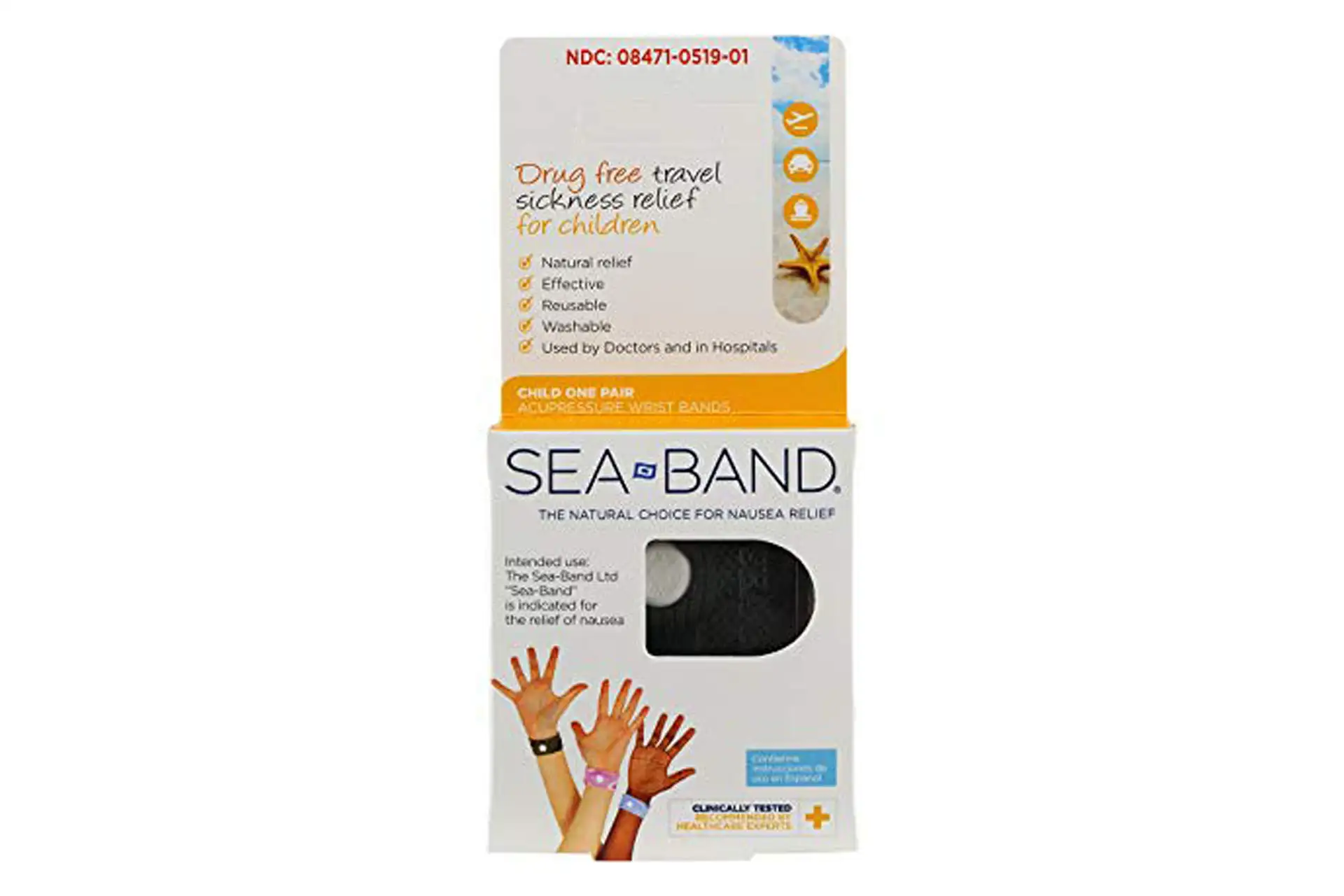

STEP FOUR: Pack Trip-Specific Medical Items
If You’re Going on a Cruise
Sowards says “cruises have a physician or mid-level provider onboard to treat any urgent issues. Motion sickness medication and anything for muscle strain from the adventurous tours is all that is needed.”
If You’re Traveling Overseas
Williamson reminds families that it’s important to know what the likely risks are for your place of travel and planned activities. “If you are going to be camping or doing outdoor activities that carry a risk of physical injury, your first-aid kit will include things such as Band-Aids, Neosporin, ace bandages, and maybe a finger splint,” Williamson says. “If you are traveling to a lesser developed country where the bigger risk is getting a stomach bug from contaminated food or water, your first-aid kit should include Pedialyte, Pepto-Bismol, and maybe a traveler’s diarrhea antibiotic if recommended by a pediatrician.”
If You’re Going on a Beach Holiday
Sowards recommends bringing rehydration powders as dehydration can occur when kids spend hours playing in the water.
If You’re Going on a Road Trip
Make sure you have plenty of water in the car. In addition to motion sickness medication, you might want to bring some acupressure bands and some empty plastic bags, just in case!


STEP FIVE: Check Your Supplies Prior to Departure
Finally, check your first-aid kit before every trip. Sowards recommends you check expiration dates of the supplies and remove anything you’ve never used or that is duplicated in the kit. Also make sure to add things that you may have used up on your last vacation.
“Think about the ages of your family and if the medications are for the correct ages. If you have a family member with asthma or other chronic issues, make sure you have extra regular and emergency medications,” Sowards says.
Related Article: Ouch! What to Do If Your Child Gets Sick or Injured on Vacation
Katja Gaskell is a travel writer and family travel blogger who recently returned to live in London after 12 years abroad in Australia, India and Mexico. She has written guidebooks for Lonely Planet, reviewed hotels for the British boutique hotel site Mr & Mrs Smith, and has contributed articles to publications including BBC Food, The Australian, Lonely Planet online and more. She’s also the European Editor of Twist Travel Magazine. Katja is a firm believer that you can —and should!—travel with your kids everywhere. Find Katja on her own site, Globetotting.com.
Our team of parents and travel experts chooses each product and service we recommend. Anything you purchase through links on our site may earn us a commission.

